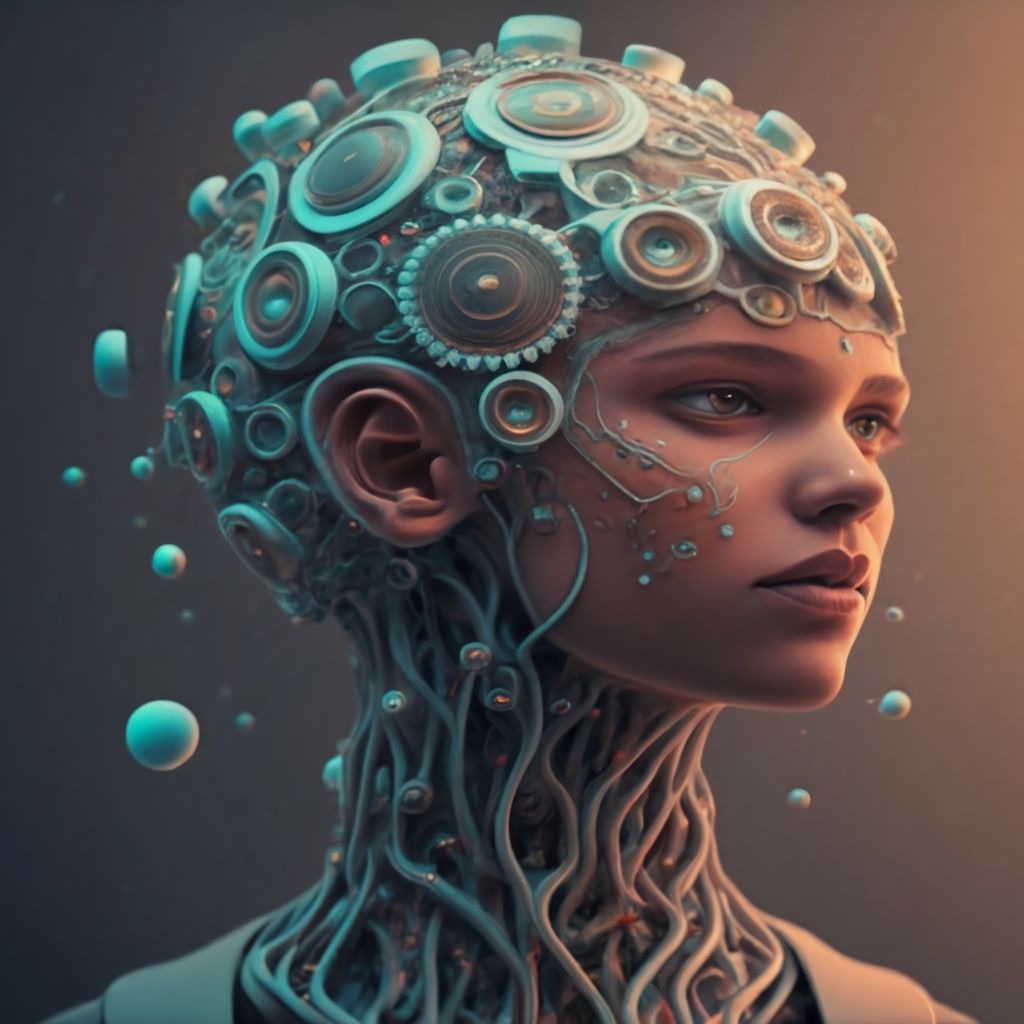Welcome to the world of AI hallucinations, where machines get a little too creative and blur the lines between fact and fiction. These “hallucinations” can range from charmingly bizarre statements like claiming the moon hosts a civilization of cheese-loving mice to more concerning instances where misinformation spreads or biases are perpetuated.
In this blog, we’ll explore example of a hallucination when using generative ai .
- Understanding AI Hallucinations: We’ll delve into the various forms these hallucinations can take, from inaccuracies and nonsensical outputs to biased content.
- Root Causes: We’ll uncover why these hallucinations occur, citing factors such as incomplete data, biased training sets, and even deliberate manipulation.
- Real-world Impact: We’ll discuss the tangible dangers posed by AI hallucinations, including their potential to mislead consumers and reinforce harmful stereotypes.
- The Future of AI Creativity: We’ll analyze ongoing efforts by researchers to enhance the accuracy and dependability of AI models, ensuring they serve as creative allies rather than sources of misinformation.
What is an example of a hallucination when using generative ai?
| Type of AI Hallucination | Description example of a hallucination when using generative ai |
|---|---|
| Incorrect factual responses | Occurs when the AI provides inaccurate information due to outdated or incomplete data. Examples include listing outdated tallest mountains or fabricating names. |
| Inconsistent creative outputs | Seen when the AI generates creative content with coherence initially but introduces unrelated elements later, resulting in a disjointed narrative. |
| Biased or offensive outputs | Arises when the AI is trained on biased data, leading to outputs that reflect sexist, racist, or otherwise discriminatory views. |
| Fabricated historical events | Happens when the AI, lacking complete or accurate information, invents events or details in historical biographies, blurring the line between fact and fiction. |
| Misidentified images | Involves the AI hallucinating objects or features in generated images that do not correspond to the input data, such as including a dog’s ear in an image of a cat. |
These examples illustrate potential issues with generative AI. However, ongoing research aim
By the end of this exploration, you’ll gain a deeper insight into how AI generates text, images, and other creative outputs, as well as an understanding of the pitfalls to watch out for. Join us as we navigate the convergence of machine learning and imagination, uncovering the reality behind AI’s occasionally fantastical creations.



